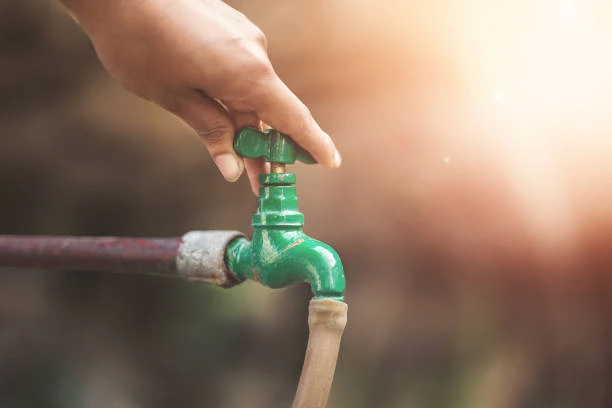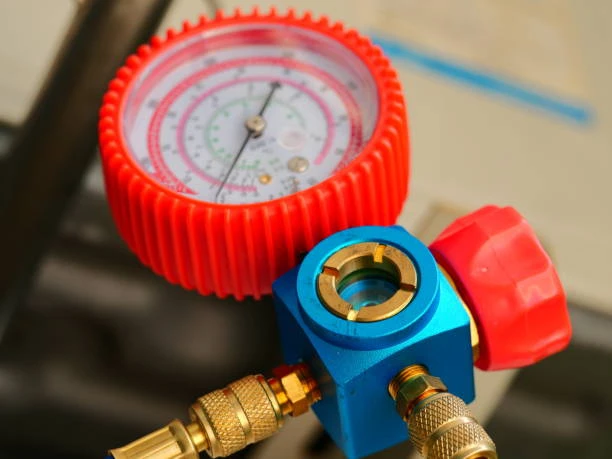A leaky faucet might seem like a minor inconvenience, but over time, it can lead to significant water waste and increased utility bills. Whether it’s a slow drip or a constant stream, a leaking faucet is sending water—and money—down the drain. This seemingly small issue can have a big impact on your household’s water usage and your monthly expenses.
In this article, we’ll break down how much water a leaky faucet wastes, how that translates to dollars, and why it’s important to fix the problem sooner rather than later. We’ll also offer practical tips for preventing future leaks and saving money on your water bills.
How Much Water Does a Leaky Faucet Waste?
The first step in understanding the impact of a leaky faucet is to know just how much water it’s wasting. Many people think that a single drip of water doesn’t add up, but the truth is, those drips can quickly turn into gallons of water over time.
The Average Drip Rate
According to the U.S. Environmental Protection Agency (EPA), a leaky faucet can waste anywhere from 3,000 to 5,000 gallons of water per year, depending on how fast the leak is. While the drip may seem insignificant, consider the following:
- One drip per second: A single drip per second can waste about 3,000 gallons of water in one year. That’s enough water to fill a standard-sized bathtub about 200 times!
- Fast drips or leaks: A faucet that leaks more frequently—say, one drip every half-second—can waste more than 5,000 gallons annually.
How Much Does a Leaky Faucet Cost You?
Water bills are generally based on your household’s total water usage. When a faucet is leaking, the water that escapes isn’t free, and it will be reflected in your bill. The cost depends on where you live and your water utility provider, but let’s break it down with an average cost to give you an idea of the financial impact.
Water Cost Breakdown
On average, the cost of water in the U.S. is about $1.50 per 1,000 gallons. This can vary widely depending on your location, but it’s a good starting point. Based on this cost, here’s how much a leaky faucet can cost you annually:
- One drip per second (3,000 gallons): A faucet leaking at one drip per second could cost you around $4.50 to $6.00 per year.
- A faster drip (5,000 gallons): If your faucet leaks more rapidly, the water waste could cost you between $7.50 and $10.00 annually.
While this may seem like a small amount, it adds up over time, especially if you have multiple leaky faucets in your home. Over the course of several years, the cost of a dripping faucet can run into the hundreds of dollars.

Additional Costs: Increased Energy Use
If the faucet is connected to a hot water line, you may also be paying for the energy required to heat the wasted water. The cost of heating water varies, but on average, it can add an extra $1 to $3 per year for every 1,000 gallons of water wasted. If your leaky faucet uses hot water, the financial impact could be significantly higher.
The Environmental Impact of a Leaky Faucet
While the financial implications of a leaky faucet are important, we must also consider the environmental effects. Wasting water is a critical issue, especially in regions that are prone to drought or where water conservation is a priority. The EPA estimates that 10 percent of American homes have leaks that waste more than 90 gallons of water per day.
This adds up to a significant amount of wasted water, especially when you multiply it by the millions of households across the country. Fixing leaky faucets is a simple step that contributes to broader water conservation efforts and can make a meaningful difference in reducing your household’s environmental footprint.
How to Fix a Leaky Faucet
The good news is that fixing a leaky faucet is usually a quick and inexpensive DIY task. Here are the basic steps to take care of the leak yourself:
- Turn off the water supply: Before you begin any work on your faucet, make sure to turn off the water supply to avoid flooding. This is usually done by shutting off the water valve beneath the sink.
- Remove the faucet handle: Use a screwdriver or wrench to remove the faucet handle, which will give you access to the internal parts.
- Inspect the parts: The most common cause of a leaky faucet is a worn-out washer or O-ring. Look for any parts that appear cracked, worn, or damaged.
- Replace the damaged parts: You can purchase replacement washers or O-rings from a hardware store. Be sure to match the part with your faucet model to ensure a proper fit.
- Reassemble the faucet: Once you’ve replaced the damaged parts, reassemble the faucet and turn the water back on. Test the faucet to ensure that the leak is fixed.
If you’re unsure about how to fix the faucet or if the leak persists despite replacing the parts, you may want to call a plumber for professional assistance.
Preventing Future Leaks
To prevent leaks from happening again, consider the following tips:
- Regular maintenance: Periodically inspect your faucets and replace any parts that show signs of wear.
- Handle with care: Avoid turning your faucets too tightly, as this can cause damage to washers and seals over time.
- Upgrade your faucets: If your faucets are old and prone to leaking, consider replacing them with newer, more durable models. Some modern faucets are designed to be more resistant to leaks and are built with better-quality materials.
- Use water-saving devices: Install aerators on your faucets to reduce water flow, which can help minimize the impact of any minor leaks.
Conclusion: Why You Should Address That Leaky Faucet
A leaking faucet may seem like a trivial issue, but it can have significant financial and environmental consequences. Even a slow drip can waste thousands of gallons of water and cost you money on your water and energy bills. By fixing a leaky faucet quickly, you not only save money but also contribute to water conservation efforts.
So, the next time you hear a drip, don’t ignore it—take action and keep both your water bills and your environmental impact under control. Fixing a leaky faucets is an easy, inexpensive fix that pays off in the long run.
Frequently Asked Questions (FAQs)
1. How do I know if my faucets is leaking?
A leaky faucets will often produce a constant drip or a steady stream of water. You might also notice dampness around the faucets or hear the sound of water running, even when the faucets is turned off.
2. Can I fix a leaky faucets myself?
Yes, fixing a leaky faucets is typically a DIY project. It usually involves replacing a worn-out washer or O-ring. Just make sure to turn off the water supply before you begin.
3. How much does it cost to repair a leaky faucets?
Repairing a leaky faucets yourself can cost as little as $5 to $10 for replacement parts. Hiring a plumber can cost anywhere from $100 to $200, depending on the complexity of the problem.
4. How can I prevent future leaks?
Regularly inspect your faucets, avoid turning them too tightly, and consider upgrading to newer models that are less prone to leaks. Installing aerators can also help reduce the chances of leaks developing over time.
5. Can a leaky faucets cause water damage?
If left unchecked for an extended period, a leaky faucets can lead to water damage around the sink area, including mold growth and damage to countertops or cabinetry. It’s important to address leaks promptly to avoid these issues.


















